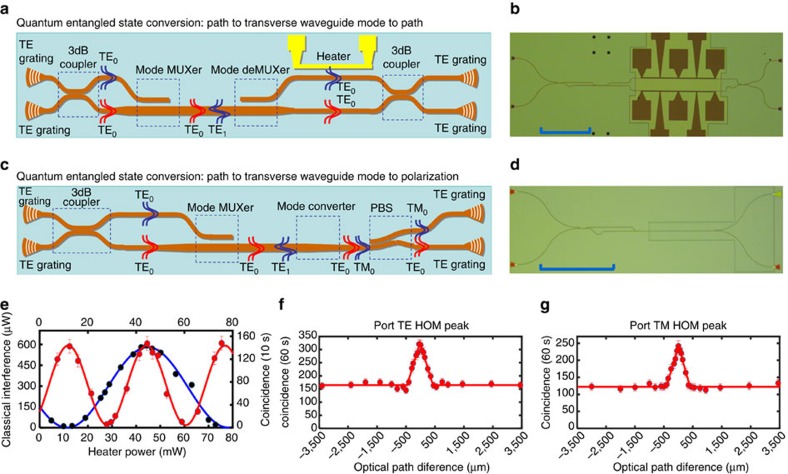Figure 4. Quantum-entangled state conversion.
(a,b) The sketch map and CCD (charge-coupled device) picture (scale bar, 250 μm) of the third sample, respectively. Two single photons with the same polarization are coupled to single-mode waveguides by two gratings, respectively. Then, they interference at the first BS (3-dB coupler) and generate a two-photon quantum NOON state, encoded on the path as  . With a mode multiplexer, the state will be changed to
. With a mode multiplexer, the state will be changed to  . After propagation in the multi-mode waveguide for a distance of 30 μm, this transverse waveguide-mode NOON state is changed back to a path NOON state. Two-photon interference, or two-photon NOON state interference, is measured by using the second on-chip BS, as shown in e (red dots). Classical interference is also measured for comparison (black dots). We observe a raw interference visibility of 90.3±7.8% (94.0±8.2% with background subtraction) with a period approximately half of the classical interference. (c,d) are the sketch map and CCD picture (scale bar 250 μm) of the fourth sample, respectively. A quantum two-photon NOON state is generated by an on-chip BS and then converted between the three degrees of freedom (path, transverse waveguide mode and polarization). (f,g) HOM interference patterns between the two photons from TE and TM outputs of the sample, respectively. Error bar comes from the Poisson statistical distribution. The raw visibilities are 96.8±7.8% (98.2±7.9% with background subtraction) and 96.7±8.3% (98.3±8.5% with background subtraction), respectively. These results prove unambiguously the preservation of quantum coherence in the conversion of quantum-entangled state between different degrees of freedom. It should be noted that all the measurements of the HOM interference were performed on the path degree of freedom for the sake of simplification.
. After propagation in the multi-mode waveguide for a distance of 30 μm, this transverse waveguide-mode NOON state is changed back to a path NOON state. Two-photon interference, or two-photon NOON state interference, is measured by using the second on-chip BS, as shown in e (red dots). Classical interference is also measured for comparison (black dots). We observe a raw interference visibility of 90.3±7.8% (94.0±8.2% with background subtraction) with a period approximately half of the classical interference. (c,d) are the sketch map and CCD picture (scale bar 250 μm) of the fourth sample, respectively. A quantum two-photon NOON state is generated by an on-chip BS and then converted between the three degrees of freedom (path, transverse waveguide mode and polarization). (f,g) HOM interference patterns between the two photons from TE and TM outputs of the sample, respectively. Error bar comes from the Poisson statistical distribution. The raw visibilities are 96.8±7.8% (98.2±7.9% with background subtraction) and 96.7±8.3% (98.3±8.5% with background subtraction), respectively. These results prove unambiguously the preservation of quantum coherence in the conversion of quantum-entangled state between different degrees of freedom. It should be noted that all the measurements of the HOM interference were performed on the path degree of freedom for the sake of simplification.

